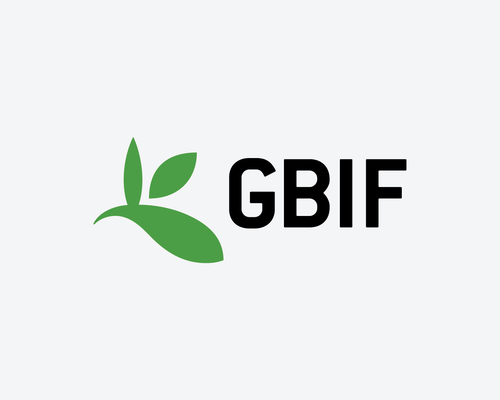- Information
-
Data access
Data access
- KBIF
-
JAPB (Journal)
JAPB (Journal)
-
Archive
Archive
- NARIS
About GBIF
Introduction and Organization of GBIF
About GBIF
The Global Biodiversity Information Facility (GBIF) has the following overall objectives.
-
Improve accessibility, completeness and interoperability of biodiversity databases
- Provide access to new and existing databases
- Provide data and technical resources in the form of intellectual property rights (such as those described in Section 8 of the MoU)
- Develop new user interface designs that support multi-language features
-
Develop appropriate tools and standards for accessing, linking, and analyzing new and existing databases.
(including standards and protocols for indexing, validation, documentation, and quality control in various human languages, character sets, and computer encodings.)
- Facilitate the development of an electronic name list of known organisms.
- Design and implement the Species Bank
- Develop a digital library of biodiversity data
- Improve high-speed networking and computer infrastructure
- Share computational tools, including large data storage devices
- Develop a curriculum model for biodiversity training
- Provide training for data managers and related staff
- Implement specific programs to increase biodiversity informatics capacity and improve professional skills in developing countries.
- Support the coordination and harmonization of participants' biodiversity informatics programs.

To achieve these objectives, the GBIF Work Programme is organized into four thematic programmes.
- Science and Research
- Policy and Partnerships
- Community and Capacity
- Infrastructure and data products
GBIF structure
- GBIF operates as a virtual facility, including databases and information resources and tools made available to GBIF members. There is a shared information infrastructure structure (software tools, operable protocols, and the Internet). The GBIF Secretariat develops and implements the research programs
- The GBIF operation is based on the organization of participant nodes and their databases.
- When signing the MoU, participants agree to establish and maintain at least one GBIF node (a reliable computer gateway that enables real-time searching of multiple institutional, national, regional or sub-regional databases containing primary or meta-level biodiversity data).
- Participants agree to share biodiversity data held by their country or organization.
- This entails a commitment to support funding for the computerization of biodiversity information in museums and libraries within the country. Participant nodes and all associated data providers function as channels through which biodiversity data and information can be provided to the GBIF portal. Their participation is fundamental to achieving the objectives of GBIF.